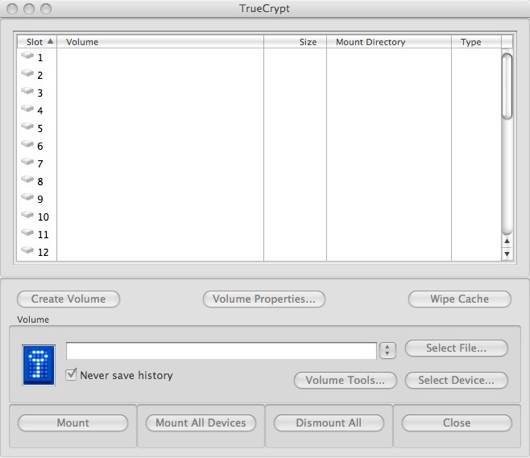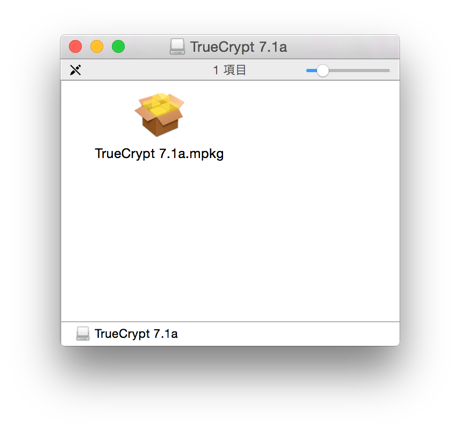

Their true final version, 7.1a, may be the pinnacle of this story. TrueCrypt may never be as pure and perfect as it is at this moment, today-in the form they created and perfected.

TrueCrypt’s creators may well be correct. Those who believe that there is something suddenly “wrong” with TrueCrypt because its creators have decided they no longer have so much to give are misguided. They might look at the coding nightmare atrocity that OpenSSL became over the same span of time and think: “Better to kill off our perfect creation than turn it over to others and have it become that.” So it is entirely understandable when they imply, as quoted below, that they don’t trust anyone else to completely understand and maintain their creation as they have. Creating something of TrueCrypt’s size and complexity, and holding it together as they did across the span of a decade, is a monumental and truly impressive feat of discipline. It is amazing work to be deeply proud of.
#TRUECRYPT 7.1A MAC CODE#
The developers’ jealousy is perhaps made more understandable by examining the code they have created. They might be done with it, but the rest of us are not. Having created something of such enduring value, which inherently requires significant trust and buy-in, they are rightly unable to now take it back. They still “owned” TrueCrypt, and that it was theirs to kill.īut that’s not the way the Internet works. The mistake these developers made was in believing that Suddenly, for no disclosed reason, we should no longer trust it? This being said of the latest 7.1a version of the code that has been used by millions, without change, since its release in February of 2012, more than 27 months before.
#TRUECRYPT 7.1A MAC SOFTWARE#
Then, leveraging the perverse and wrongheaded belief that software whose support was just cancelled renders it immediately untrustworthy, they attempted to foreclose on TrueCrypt’s current and continued use by warning the industry that future problems would remain unrepaired. An analysis of the extensive changes made to TrueCrypt’s swan song v7.2 release, and to the code’s updated v3.1 license, shows that this departure, which was unveiled without preamble, was in fact quite well planned.įor reasons that remain a titillating source of hypothesis, intrigue and paranoia, TrueCrypt’s developers chose not to graciously turn their beloved creation over to a wider Internet development community, but rather, as has always been their right granted by TrueCrypt’s longstanding license, to attempt to kill it off by creating a dramatically neutered 7.2 version that can only be used to view, but no longer to create new, TrueCrypt volumes. To quote in full, this is what they have to say on the issue:Īlthough the disappearance of the TrueCrypt site, whose ever-presence the Internet community long ago grew to take for granted, shocked and surprised many, it clearly came as no surprise to the developers who maintained the site and its namesake code for the past ten years.

Second, PCAdvisor indicates that the sudden shutdown was an attempt to kill TrueCrypt as opposed to being a true warning.Īnd third, the famous Gibson Research Center, industry leaders in privacy and security related software, say that yes TrueCrypt is still safe. But there are a few resources I would like to point you towards.įirst, there has been an effort to audit TrueCrypt and see if there actually are any security flaws and, thus far, the first report looks pretty good (you can read it here – it’s pretty dense but a very interesting read) with no major holes.


 0 kommentar(er)
0 kommentar(er)
